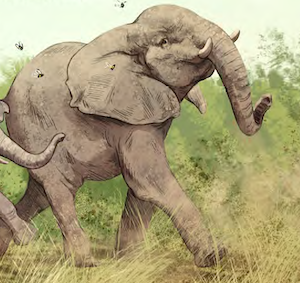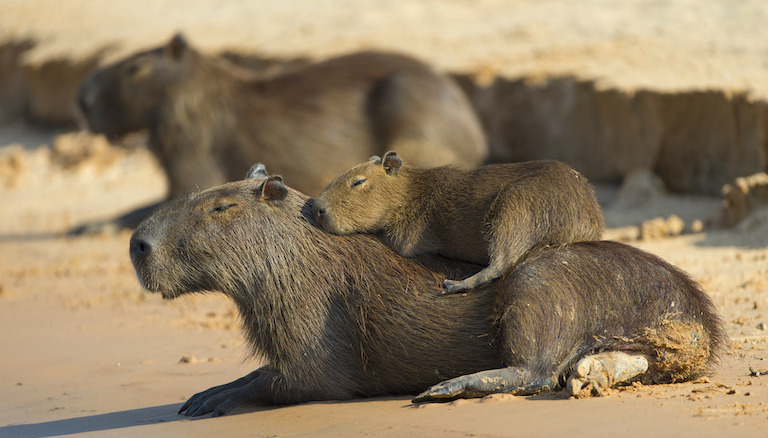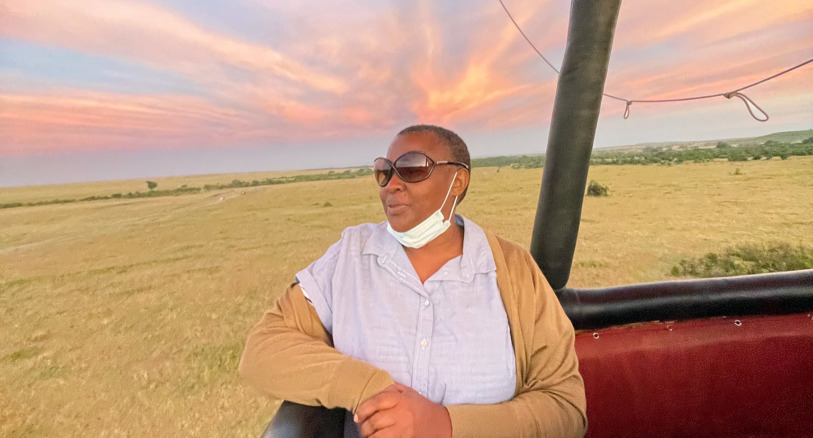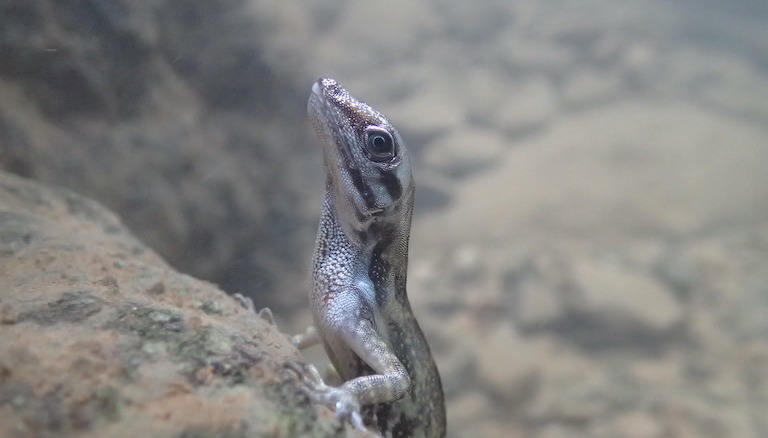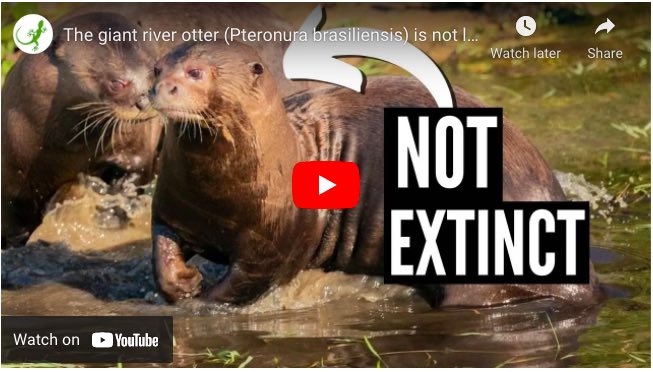Piangüa mollusks are bivalves (two-shelled animals like clams) that live on the Pacific coast between Mexico and Peru. Piangüa mollusks bury themselves in the mud among the roots of mangrove trees. Mangrove forests are important coastal ecosystems, and nurseries for mollusks, fish, and many other animals.
Piangüa is an important food source for people. It is eaten in stews and ceviches.
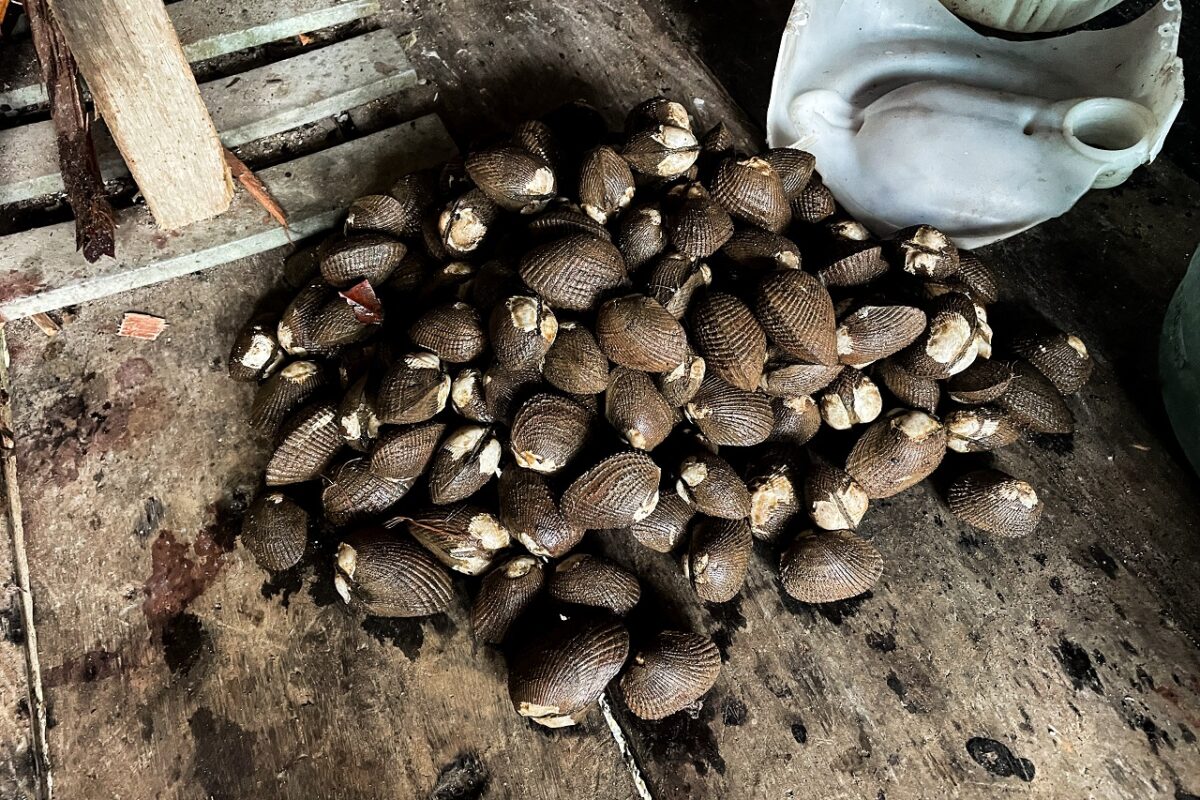
Piangüa provides an income for more than 11,000 women in Colombia’s Pacific region. Women who harvest piangüa are called piangüeras. They call these clams their “black gold” because they have black shells and provide both food and a source of income.
Piangüa numbers have dropped in recent years in Colombia. Clams are being overharvested as more people hunt for them. There is now a commercial market for piangüa, and many are exported to other countries, like Ecuador.
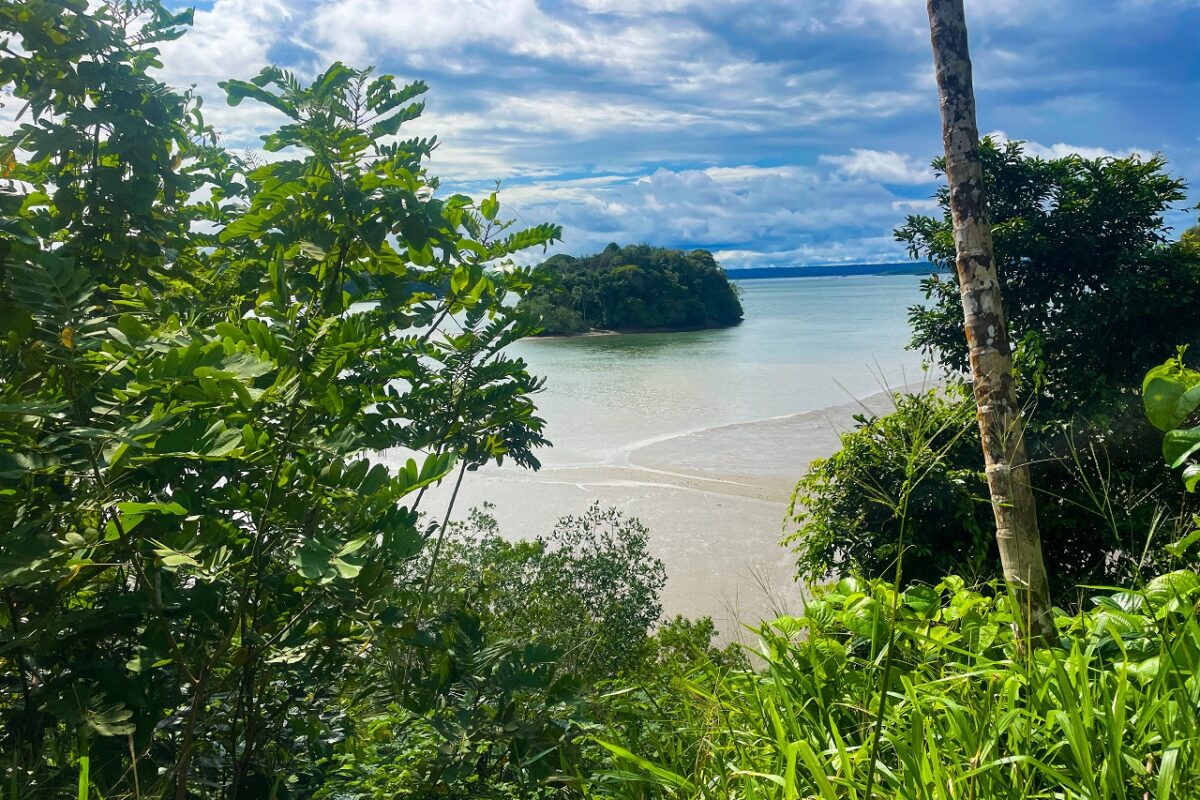
In the mangrove forest of Bahía Málaga in Columbia, the piangüeras decided to work together. They realized that as individuals, they could not stop piangüa populations from declining. In 2019 a group of 28 women founded Raíces Piangüeras: the Community Association of Women Piangüeras of Bahía Málaga.
“Being an organized group has allowed us to develop initiatives dedicated to the conservation of the piangüa and the mangroves and make others want to maintain this cultural heritage that is so beautiful and important,” says Matilde Mosquera, a Raíces Piangüeras member.
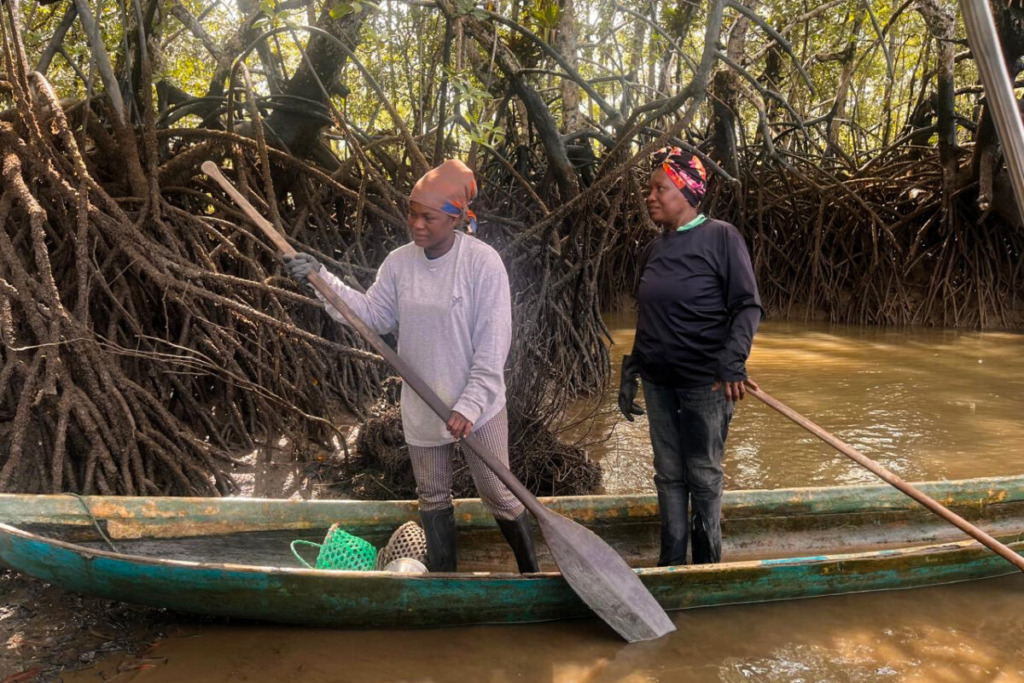
The piangüeras head out from their houses in the morning sun. They wear rubber boots, thick waterproof gloves, and long-sleeved shirts to protect themselves from mosquitoes and the harsh heat. The journey to the mangroves of Bahía Málaga takes up to an hour rowing in small wooden boats.
The piangüeras know that caring for the mangroves is the way to conserve piangüa. They observe the mangrove plots for changes like evidence of human disturbance and logging. They look for changes in piangüa numbers and size. Smaller piangüa size and a drop in numbers could mean overharvesting.
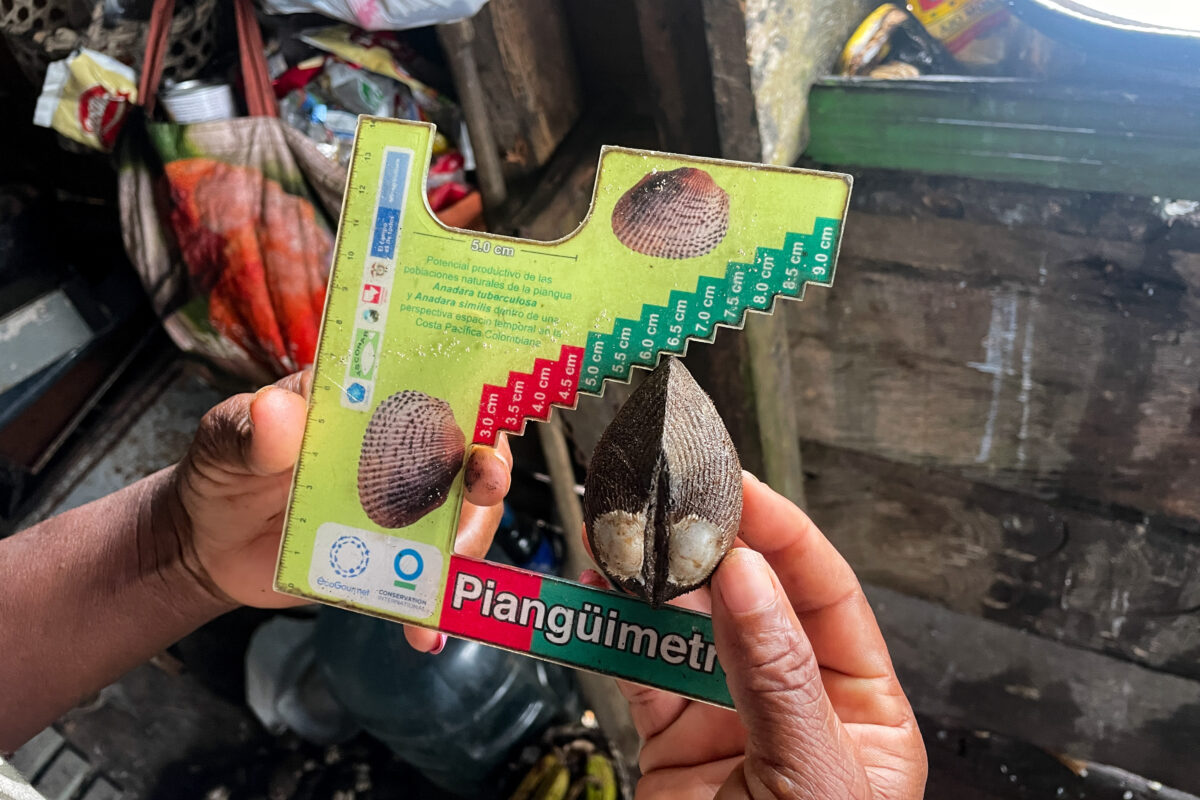
If the clams are being overharvested, the piangüeras might call for “rest” periods and post signs at the entrance of mangrove nurseries, asking people not to disturb the area.
“We put the mangroves on hold for a month or so. We’ll keep an eye on how the mangroves and piangüa are recovering, and if there is not much yield, we leave it for two months,” says Aura Nelly Díaz. She is a 49-year-old piangüera who has been collecting clams since she was little.
“The mangroves are like homes. In a house, we dedicate ourselves to cleaning, fixing, and arranging things. We give the mangroves this same patience and dedication,” says Aura Nelly Díaz.
David Brown adapted this story for Mongabay Kids. It is based on an article by Catherine Ellis, published on Mongabay News.

